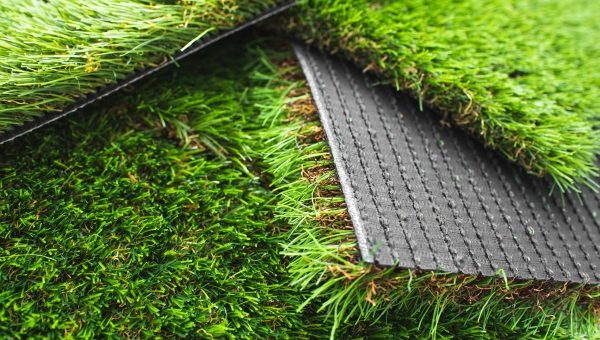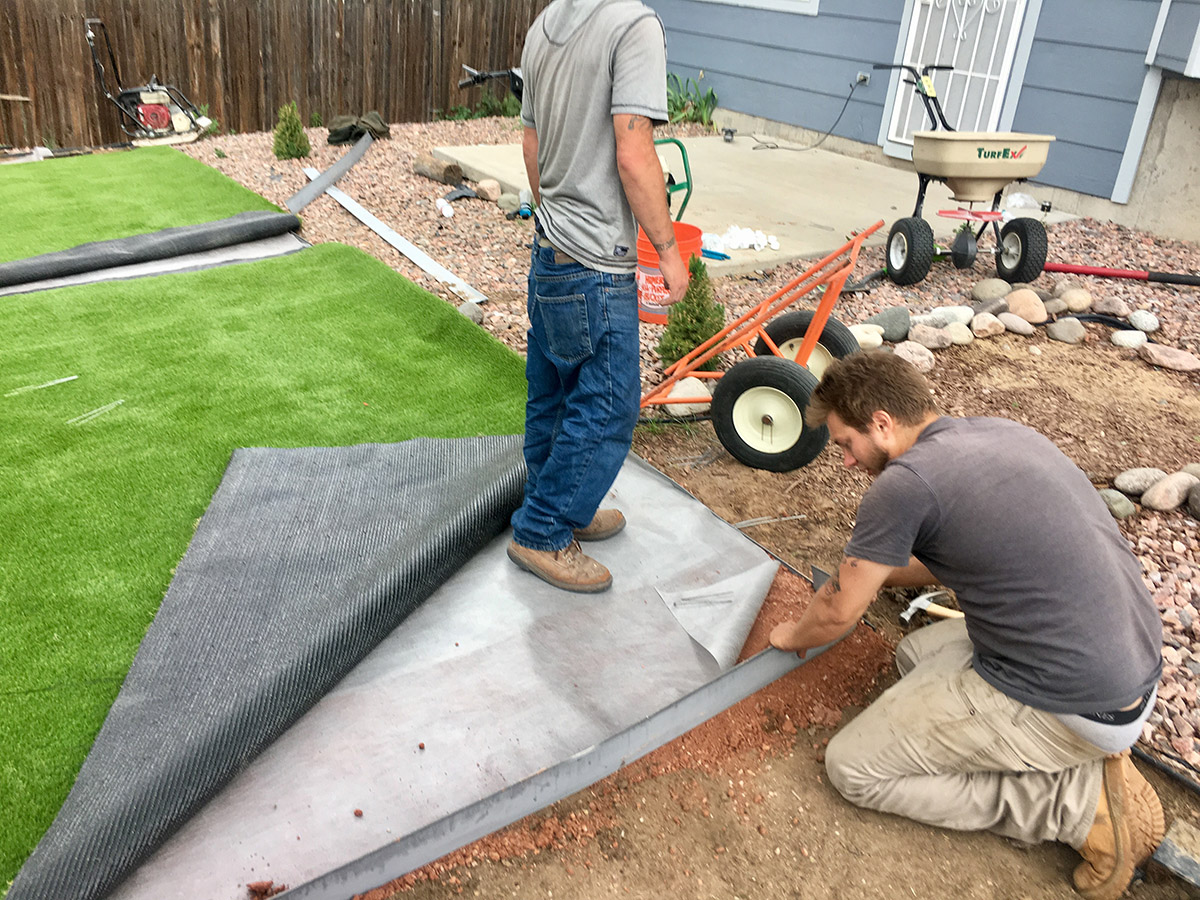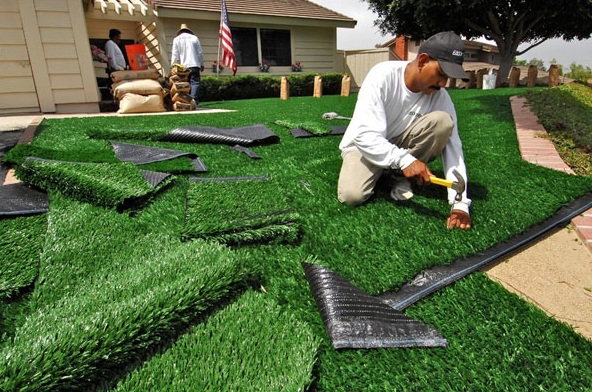Personalized Turf Installation Phoenix AZ for Residences, Companies, and Recreational Spaces
Personalized Turf Installation Phoenix AZ for Residences, Companies, and Recreational Spaces
Blog Article
Explore the Environmental Benefits of Opting for Artificial Turf Solutions
The adoption of synthetic grass options provides a compelling chance to deal with pressing ecological obstacles. By significantly reducing water use and lessening the application of dangerous chemicals, these options not only promote lasting landscaping yet additionally protect regional communities. The lower carbon footprint associated with lowered maintenance tasks contributes to an extra sustainable strategy to land management. However, the ramifications of these benefits prolong beyond plain preservation efforts, increasing questions regarding their lasting influence on environment conservation and total environmental equilibrium. Discovering these dimensions reveals an intricate interaction worth thinking about.
Water Preservation Conveniences
One of the most considerable advantages of artificial turf is its capacity to save water. In comparison, artificial lawn does not require watering, substantially reducing the total demand for water sources.
By eliminating the demand for routine watering, synthetic grass adds to sustainable landscape practices and assists alleviate the environmental impact of excessive water intake. Additionally, the conservation of water includes the reduction of drainage, which can bring about dirt disintegration and river air pollution.
In addition, the setup of synthetic lawn permits property owners and districts to allocate water resources a lot more effectively, focusing on vital usages such as alcohol consumption water and farming. The shift towards man-made turf not only promotes accountable water use yet additionally aligns with more comprehensive environmental goals focused on preserving natural deposits.
As communities progressively focus on sustainability, the water conservation benefits of synthetic grass provide a compelling case for its adoption in industrial and property landscape design projects.
Minimized Chemical Use
The transition to fabricated grass significantly decreases the dependence on chemical therapies frequently used in all-natural yard upkeep. Standard turf monitoring commonly entails the application of herbicides, plant foods, and chemicals to advertise development and control parasites. These chemicals can posture threats to human health and wellness, local wildlife, and the environment, adding to soil and water contamination.
On the other hand, synthetic turf removes the requirement for these dangerous substances. Once installed, it calls for minimal upkeep, mostly including routine cleansing and irregular infill replenishment. This decrease in chemical usage not just profits the prompt atmosphere yet likewise adds to more comprehensive eco-friendly stability. By minimizing the launch of synthetic substances into the ecosystem, synthetic grass promotes much healthier soil and water systems.
In addition, the absence of chemical overflow related to synthetic grass installations assists shield neighborhood waterways from air pollution, supporting water life and keeping biodiversity. Arizona artificial turf. As neighborhoods significantly focus on lasting practices, choosing synthetic grass presents a practical option that straightens with ecological preservation goals. With this change, building owners can take pleasure in rich environment-friendly rooms without jeopardizing eco-friendly wellness, paving the way for a more lasting future
Reduced Carbon Impact

Moreover, the installment of artificial grass can result in substantial water conservation. All-natural yards call for significant amounts of water for watering, which not only contributes to the carbon footprint connected with water removal and therapy yet additionally strains local water resources. On wikipedia reference the other hand, synthetic grass needs minimal upkeep, needing no watering, therefore dramatically decreasing water usage and its connected energy expenses.
Furthermore, the longevity of synthetic turf adds to its reduced carbon impact. With a life expectancy of as much as 15 years or more, the need for frequent replacements is decreased, leading to less waste and reduced power intake in manufacturing and disposing of traditional grass alternatives. On the whole, synthetic lawn offers a lasting choice for environmentally conscious landscape design.
Environment Preservation
Habitat conservation is a critical factor to consider in the discussion over landscape design choices, particularly when contrasting fabricated lawn to all-natural grass. All-natural grass lawns typically need considerable maintenance, consisting of making use of fertilizers, herbicides, and pesticides, which can adversely influence regional communities. These chemicals can leach right into the soil and rivers, harming indigenous vegetation and fauna and interfering with regional environments.
Synthetic grass removes the need for unsafe chemicals, consequently shielding neighboring wildlife and maintaining the stability of surrounding ecological communities. The installment of fabricated grass can lead to the conversion of former lawn locations right into more biodiverse landscapes, such as pollinator yards or indigenous plant locations, which can sustain regional wildlife.
Eventually, the change to artificial turf not just preserves water and reduces maintenance efforts but also fosters an extra unified relationship in between human tasks and the natural surroundings, advertising habitat conservation while doing so.
Long-Term Sustainability
Long-lasting sustainability is a crucial consider evaluating the benefits of fabricated grass over conventional lawn lawns. Among one of the most significant benefits of synthetic grass is its durability; it can last as much as 15-20 years with marginal upkeep, whereas all-natural lawn needs frequent reseeding and substitute. This long life minimizes the need for constant sources, such as water, fertilizers, and pesticides, which are important for keeping a healthy and balanced turf yard.
Additionally, synthetic turf adds to a reduction in carbon emissions related to lawn treatment devices. Traditional grass commonly require gas-powered lawn mowers, leaners, and blowers, all of which add to air pollution. Turf installation phoenix az. On the other hand, fabricated grass removes the need for such tools, promoting a cleaner environment
Additionally, the production of synthetic grass progressively utilizes recycled products, improving its sustainability account. As producers take on environmentally friendly practices, the environmental impact of fabricated turf remains to decrease.

Verdict
The fostering of fabricated grass options presents considerable environmental advantages, consisting of significant water conservation, lowered dependence on harmful chemicals, and a reduced carbon footprint. Man-made see this website lawn aids in protecting natural environments by minimizing land disturbance and advertising long-term sustainability with the usage of resilient products. Collectively, these elements emphasize the potential of synthetic grass to contribute positively to ecological health and provide a sensible option to traditional landscaping techniques in a progressively resource-conscious globe.
In comparison, fabricated turf does not require watering, considerably minimizing the overall demand for water resources. By lessening the launch of artificial substances into the ecological community, synthetic lawn promotes much healthier dirt and water systems.
Furthermore, the installment of artificial turf can result in substantial water conservation. In contrast, man-made lawn requires marginal upkeep, calling for no watering, thereby considerably minimizing water use and its associated energy prices.

Report this page